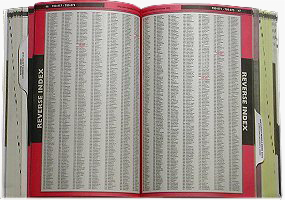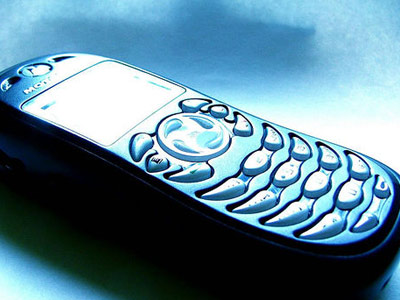Reverse Phone Book Biography
Source(google.com.pk)
It's happened to all of us at one time or another: an unknown phone number shows up on our cell phone or on our caller ID and curiousity makes us wonder whose call we've missed.
Luckily, there are several tools available to assist us in our search:
AT&T's Reverse Lookup on AnyWho provides directory information from Intelius, Inc*. Enter the 10-digit phone number (including area code) into the search box. Cell phone and
unlisted numbers are not included.
Another option is to check ReferenceUSA*. This is a subscription database product that is accessible in any of the Library branches or from home with a valid Library card number.
Select the U.S. Residential search from the home screen and enter the 10-digit telephone number in the search box provided. As with the search in the Intelius database, this search
does not include cell phone or unlisted telephone numbers.
If you don't have any luck with the first two options, you are likely dealing with either a cell phone or unlisted telephone number. There are websites that claim to be "cell number
directories," but these are misleading. According to the Federal Communications Commission, cell phone numbers are to remain private for the forseeable future.
Sometimes you simply can't find a name to go with a phone number. This is always the case if the number is a cell phone number or if it is unlisted. However, when all else fails it's still
possible to find where the phone number came from by using an area code directory. By tracing the area code and the first 3-digits of the telephone number, these types of directories
can tell you where the phone number originated and if it is a cell phone number.
Nokia uses biomaterials, such as polylactic acid (PLA) plastics with plant or other biomass-based modifiers that help reduce the use of non-renewable materials. An additional bonus
is that the energy required to produce PLA — from raw material to plastic pellet — is minimal.
Elastomers based on biomaterials can be used as rubber-like materials to seal off the battery case. Nokia’s Eco Sensor concept is rooting for the phone and detector units that will
be optimised for lower energy consumption than phones in 2007 in both the manufacturing process and use. Alternative energy sources, such as solar power, will fuel the sensor unit’s
power usage. “The green phones, which we will launch this year, will be introduced across all price ranges,” said Shivakumar.
There have been similar attempts by other researchers and companies too. For instance, a phone developed by Sony uses PLA. The bioplastic comprises around 60 per cent of the
outer surface area of the phone’s case and battery cover. And a revolutionary biodegradable phone cover exhibited by researchers in London contained a sunflower seed. They used
a biodegradable polymer as the mobile phone cladding and implanted a sunflower seed inside. The cover, when biodegrades in compost, releases important nutrients that nurse the
growing sunflower seedling.
Reverse Phone Book Phone Wallpapers Icon Backgrounds Cases Wallpapers Hd Logo Call Numbers Booth Symbol Images Phones

Reverse Phone Book Phone Wallpapers Icon Backgrounds Cases Wallpapers Hd Logo Call Numbers Booth Symbol Images Phones

Reverse Phone Book Phone Wallpapers Icon Backgrounds Cases Wallpapers Hd Logo Call Numbers Booth Symbol Images Phones

Reverse Phone Book Phone Wallpapers Icon Backgrounds Cases Wallpapers Hd Logo Call Numbers Booth Symbol Images Phones
Reverse Phone Book Phone Wallpapers Icon Backgrounds Cases Wallpapers Hd Logo Call Numbers Booth Symbol Images Phones

Reverse Phone Book Phone Wallpapers Icon Backgrounds Cases Wallpapers Hd Logo Call Numbers Booth Symbol Images Phones

Reverse Phone Book Phone Wallpapers Icon Backgrounds Cases Wallpapers Hd Logo Call Numbers Booth Symbol Images Phones

Reverse Phone Book Phone Wallpapers Icon Backgrounds Cases Wallpapers Hd Logo Call Numbers Booth Symbol Images Phones

Reverse Phone Book Phone Wallpapers Icon Backgrounds Cases Wallpapers Hd Logo Call Numbers Booth Symbol Images Phones

Reverse Phone Book Phone Wallpapers Icon Backgrounds Cases Wallpapers Hd Logo Call Numbers Booth Symbol Images Phones

No comments:
Post a Comment